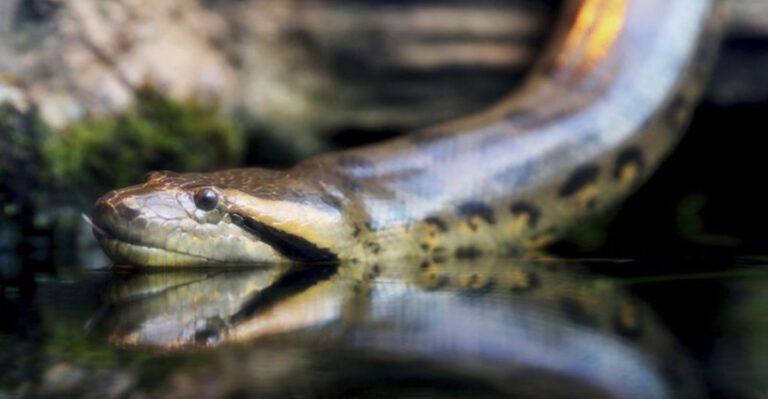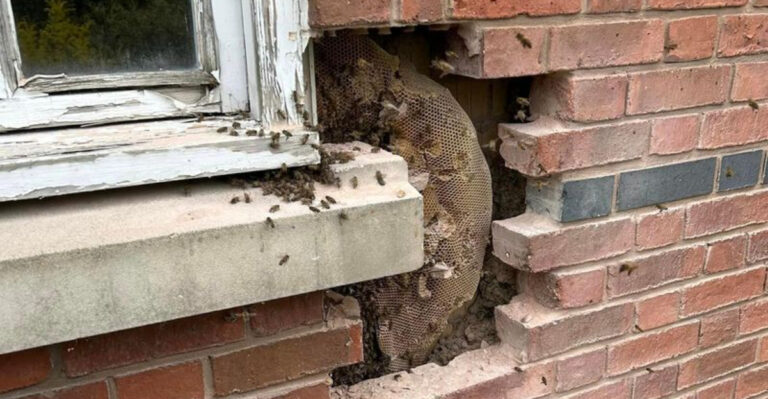Beginner’s Guide To Caring For A Garter Snake
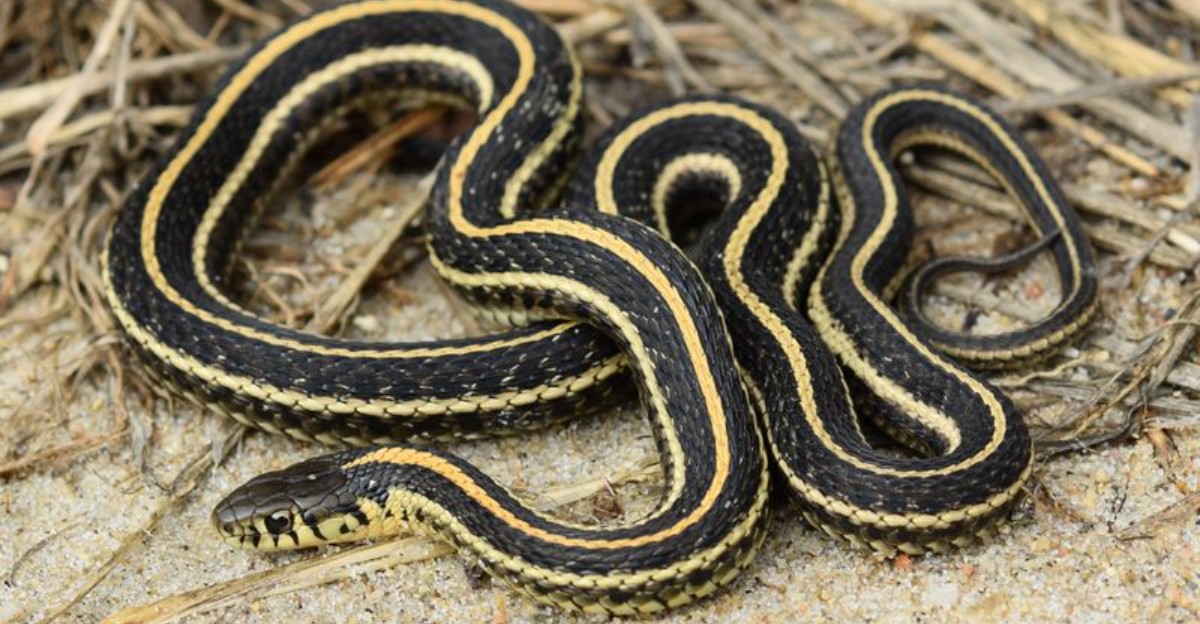
Slithering into the world of reptile ownership? Garter snakes make fantastic first pets for aspiring herpetologists! These docile, colorful creatures are among the easiest snakes to care for, requiring minimal space and maintenance compared to other reptiles.
Before bringing one home, here’s what every new garter snake parent should know.
1. Habitat Size Matters
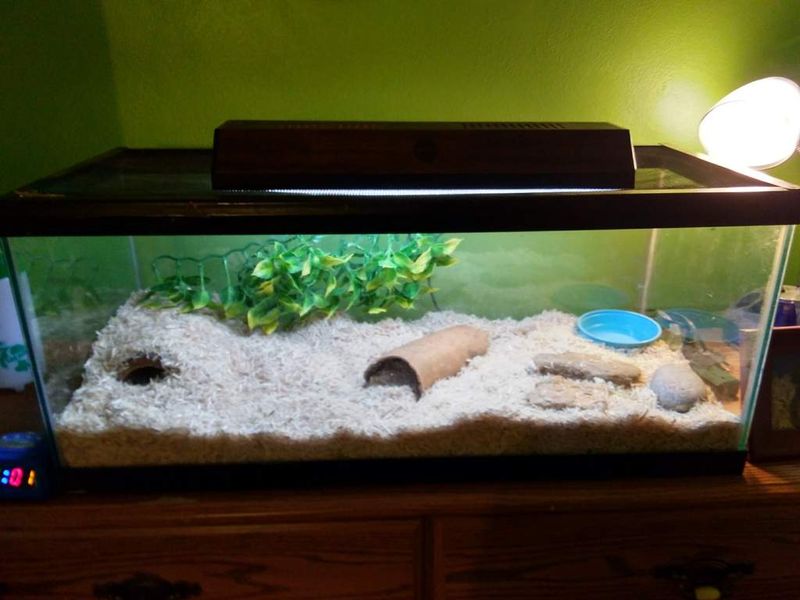
Think cozy, not cramped! A single adult garter snake thrives in a 20-gallon terrarium minimum. Young snakes can start in smaller enclosures but will quickly outgrow them.
Remember to secure the lid tightly – these curious explorers are escape artists extraordinaire!
2. Temperature Zones Create Comfort
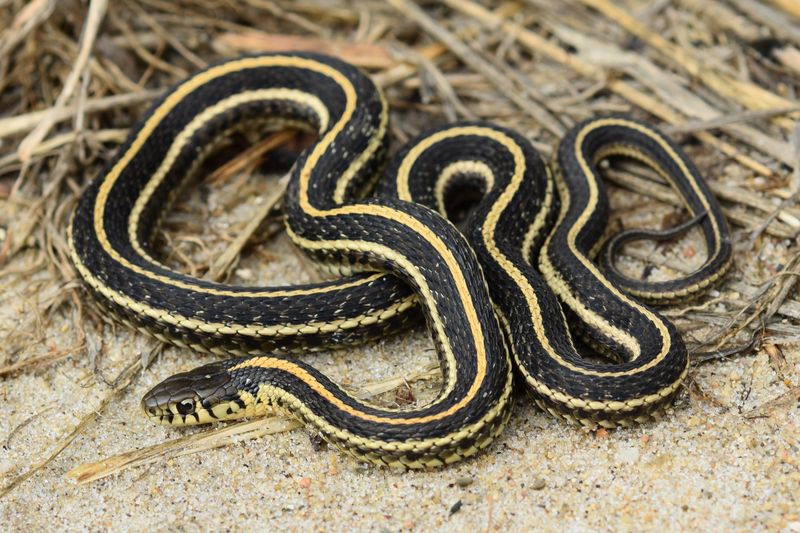
Just like Goldilocks, garter snakes need temperatures that are just right! Create a gradient ranging from 75°F on the cool side to 85°F on the warm side.
At night, temperatures can drop slightly. Use under-tank heaters or low-wattage bulbs to maintain these zones without cooking your slithery friend.
3. Water Features Keep Them Happy
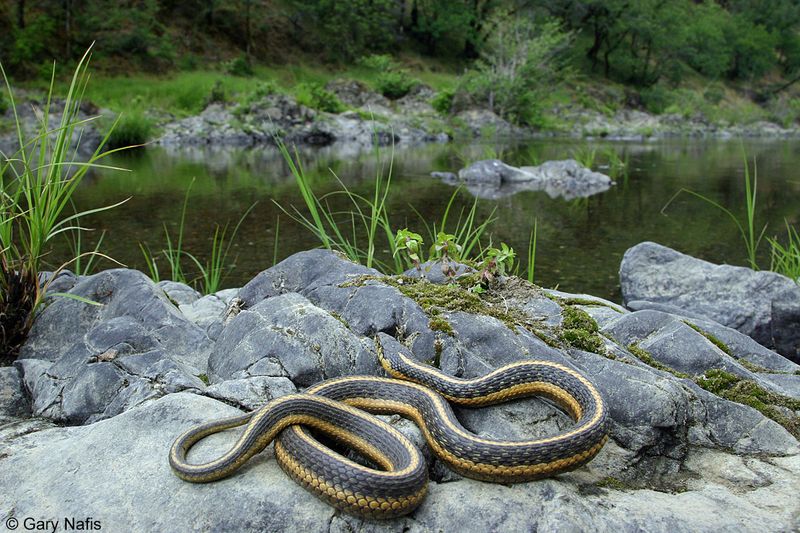
Surprise! Unlike many snakes, garter snakes absolutely love water. Provide a shallow dish large enough for soaking – they’re semi-aquatic by nature.
Fresh water is non-negotiable. Change it daily to prevent bacteria growth and keep your scaly buddy hydrated and healthy.
4. Substrate Selection Simplifies Care
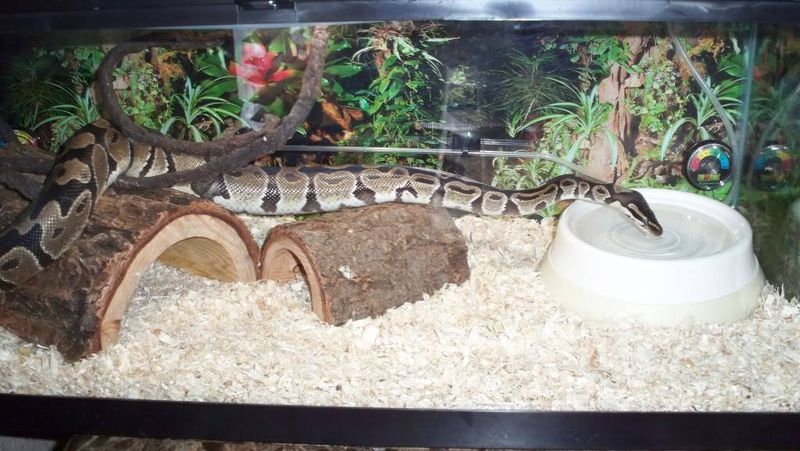
Newspaper works perfectly for no-nonsense keepers! For a more natural vibe, try aspen shavings, cypress mulch, or reptile-specific bedding that holds moisture without growing mold.
Avoid cedar, pine, or anything with oils that can harm your snake’s sensitive respiratory system.
5. Hiding Spots Reduce Stress
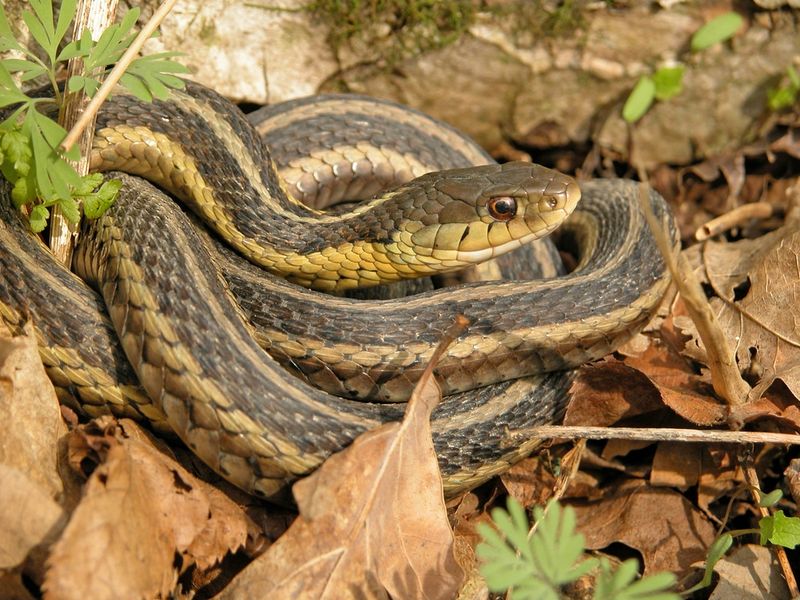
Shy by nature, garter snakes need secret hideaways! Provide multiple hiding spots on both the warm and cool sides of the terrarium.
Commercial hide boxes work great, but get creative with cork bark, clean flower pots, or even cardboard boxes. Your snake will thank you by showing more natural behaviors.
6. Varied Diet Ensures Health
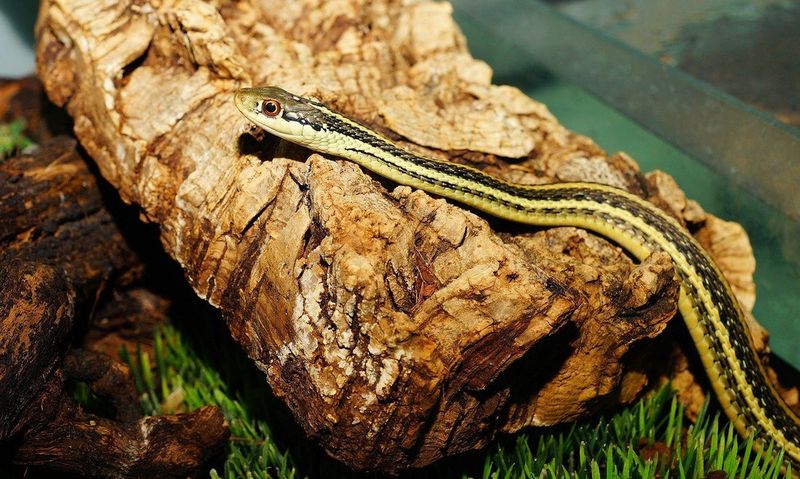
Mealtime is exciting for these opportunistic eaters! Garter snakes enjoy earthworms, fish (thiaminase-free varieties), and occasionally small frogs in the wild.
Captive snakes can thrive on a mix of nightcrawlers and frozen/thawed pinky mice. Feed juveniles every 2-3 days and adults weekly for optimal health.
7. Handling Techniques Build Trust
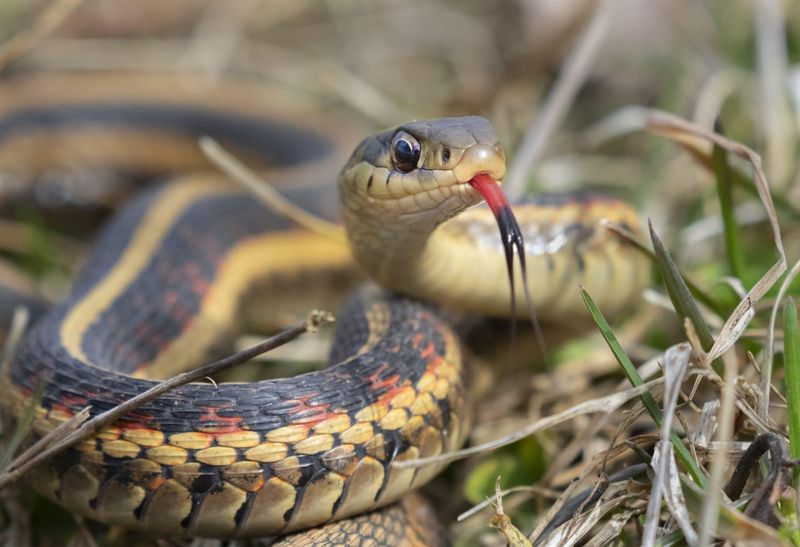
Gentle hands make friendly snakes! Start with brief handling sessions of 5-10 minutes, supporting your snake’s body without squeezing.
Never grab from above – this mimics predator attacks and triggers defense responses. Instead, scoop from below and let them explore your hands at their own pace.
8. Brumation Brings Seasonal Changes
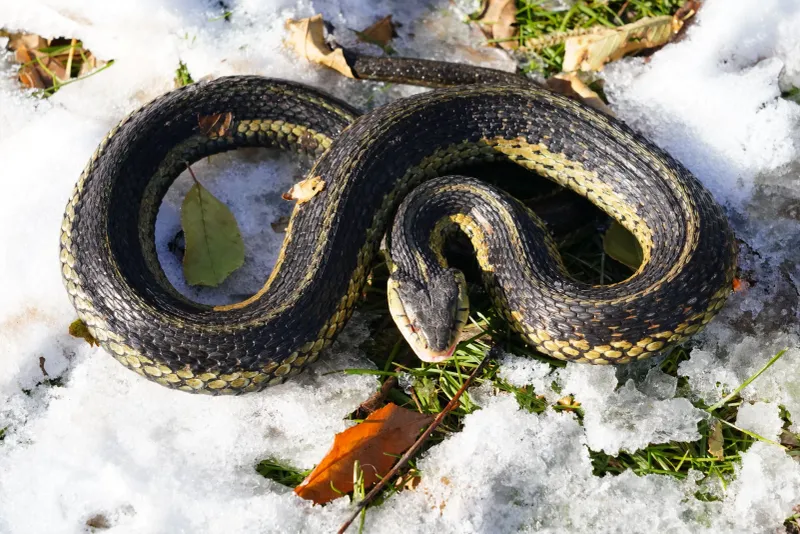
Winter brings the big snooze! Many garter snakes naturally brumate (reptile hibernation) when temperatures drop. Wild-caught specimens often expect this seasonal cycle.
For captive-bred snakes, brumation isn’t always necessary but can be beneficial for breeding. Consult a reptile vet before attempting your first brumation cycle.
9. Shedding Signs Signal Health
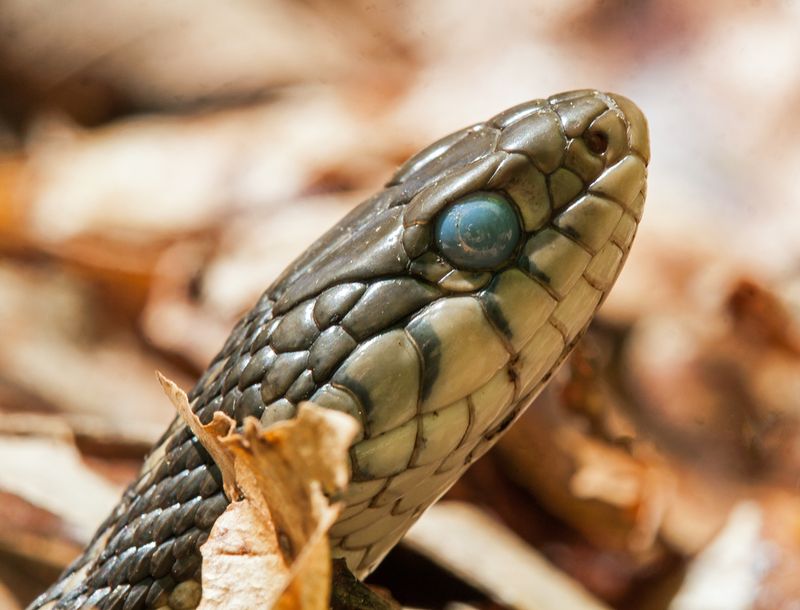
Cloudy eyes mean new clothes coming soon! When your snake’s eyes turn bluish-white and skin appears dull, shedding is imminent.
Increase humidity slightly during this time by misting the enclosure or adding a humid hide box. A healthy shed comes off in one complete piece – fragmented sheds indicate humidity problems.
10. Cleaning Schedule Prevents Disease
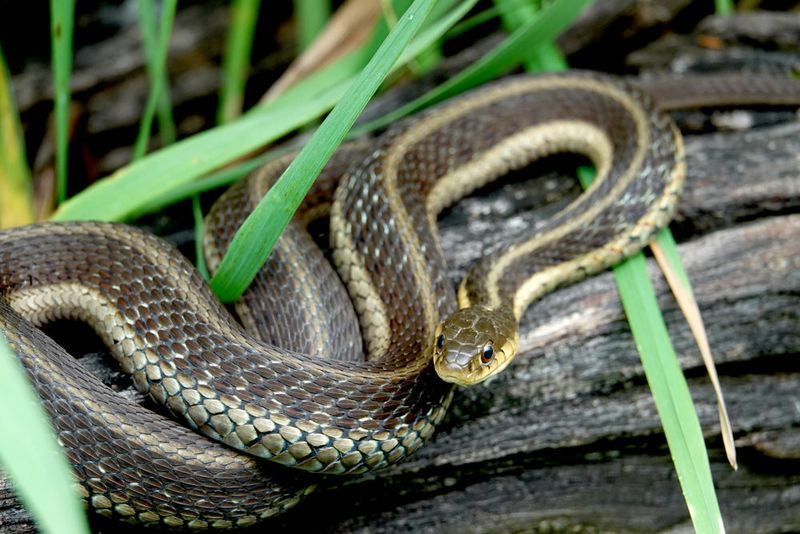
Cleanliness prevents snake sniffles! Spot-clean waste daily and replace soiled substrate immediately to prevent bacterial growth.
Do a complete habitat overhaul monthly, disinfecting all surfaces with reptile-safe cleaners. Always rinse thoroughly – snakes are sensitive to chemical residues.
11. Veterinary Care Catches Problems Early
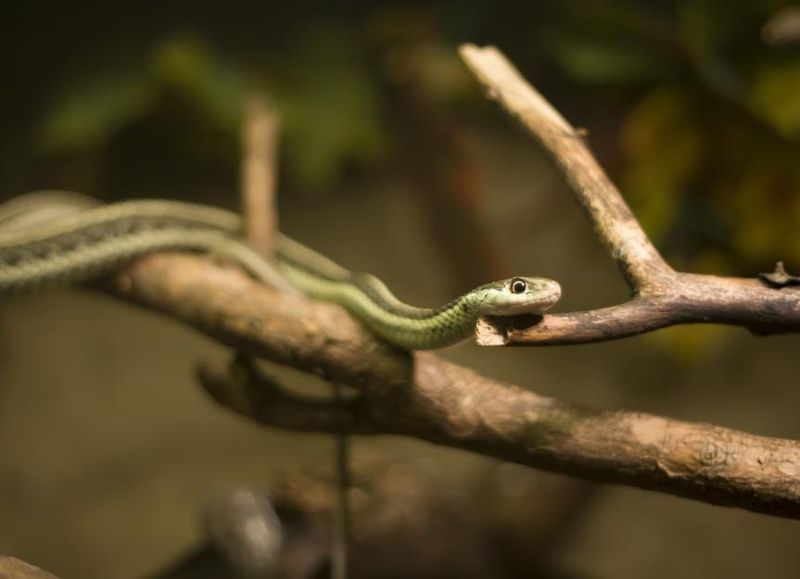
Find a reptile vet before emergencies strike! Not all veterinarians treat snakes, so locate an exotic pet specialist in advance.
Schedule annual checkups to catch health issues early. Bring a fresh stool sample for parasite testing – internal hitchhikers are common in reptiles.
12. Tankmates Require Careful Consideration
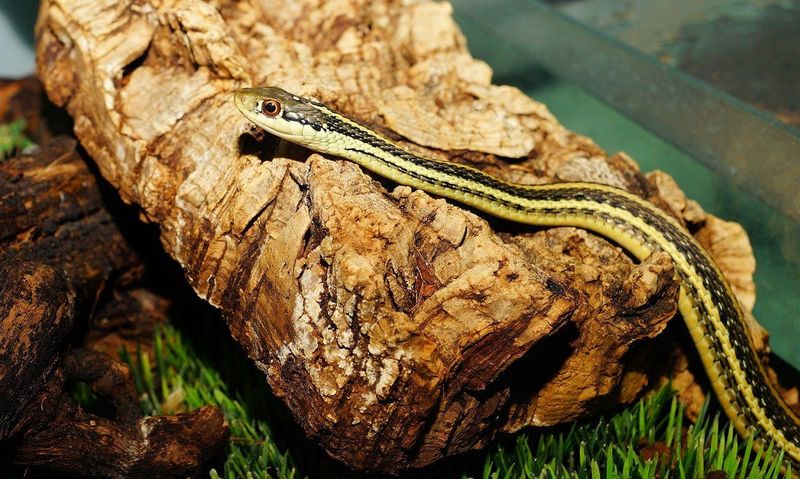
Roommate compatibility matters! While garter snakes sometimes cohabitate successfully with their own kind, mixing different species invites disaster.
Even housing multiple garters requires extra space, identical sizes, and close monitoring for aggression at feeding time. When in doubt, separate housing is safest.
13. Lifespan Commitment Is Substantial

Ready for a decade-long friendship? With proper care, garter snakes typically live 6-10 years in captivity, with some reaching 15!
This isn’t a short-term pet. Consider whether you can provide consistent care throughout college years, moves, or other life changes before bringing one home.
14. Captive-Bred Versus Wild-Caught Considerations
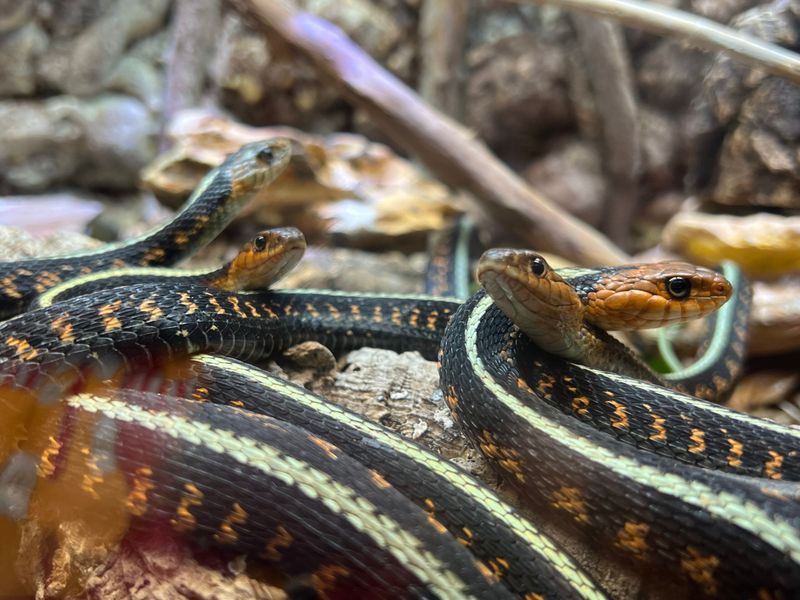
Shop smart, not wild! Captive-bred garter snakes make better pets – they’re parasite-free, human-accustomed, and don’t deplete wild populations.
Wild-caught specimens often refuse food, carry parasites, and experience higher stress levels. Support ethical breeders who produce healthy, well-adjusted snakes.

